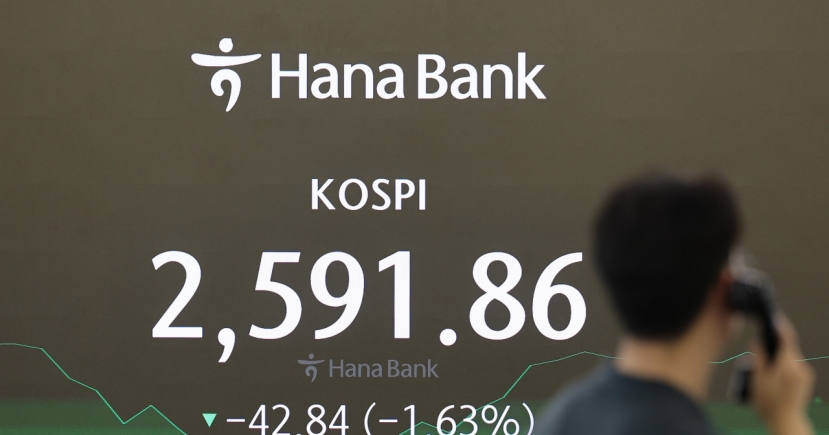Economy
Full text of BOK’s statement on monetary policy decision for Jan.
[THE INVESTOR] The following is the full text of the Bank of Korea’s statement on its monetary policy decision for January.
The central bank’s monetary policy board decided on Jan. 24 to freeze the benchmark rate at 1.75 percent for the month.
-----
The Monetary Policy Board of the Bank of Korea decided today to leave the Base Rate unchanged at 1.75 percent for the intermeeting period.
Based on currently available information the Board considers that the pace of global economic growth has slowed somewhat. The volatilities in the global financial markets, which had previously expanded, have diminished slightly this year, in line mainly with the possibility of the US Federal Reserve adjusting the pace of its rate hikes and with expectations of progress in the US-China trade negotiations.
 |
Looking ahead, the Board sees global economic growth and the global financial markets as likely to be affected by factors such as the degree of the spread of trade protectionism, the paces of monetary policy normalization in major countries, and the uncertainties concerning Brexit.
The Board judges that the domestic economy has sustained a rate of growth at its potential level generally, as the increases in consumption and exports have been sustained, although the adjustments in facilities and construction investment have continued.
Employment conditions have been sluggish, with the amount of increase in the number of persons employed having lessened substantially in December. Going forward the Board expects domestic economic growth to fall slightly short of the path projected in October, but to sustain a rate that does not diverge significantly from its potential level thanks to increased government expenditures for example.
Consumer price inflation has slowed to the lower-1 percent level, in consequence mainly of declines in the prices of petroleum products and reductions in the extents of increase in agricultural, livestock and fisheries product prices. Core inflation (with food and energy product prices excluded from the CPI) has been at the lower-1 percent level, and the rate of inflation expected by the general public has been in the mid-2 percent range. Looking ahead, it is forecast that consumer price inflation will fluctuate at the 1 percent level for some time and then steadily increase to the mid-1 percent level in the second half of this year. Core inflation will also gradually rise.
The domestic financial markets saw increased volatility in December last year, but have been generally stable since the beginning of this year. Stock prices had fallen, in line mostly with concerns about the global economic slowdown, but have rebounded on expectations of an easing of the US-China trade dispute for example. Long-term market interest rates, after a decline, have been fluctuating slightly.
The Korean won-US dollar exchange rate has been generally stable while moving within a narrow range. The amount of increase in household lending has diminished, while housing prices have continued to slow.
Looking ahead, the Board will conduct monetary policy so as to ensure that the recovery of economic growth continues and consumer price inflation can be stabilized at the target level over a medium-term horizon, while paying attention to financial stability.
As it is forecast that inflationary pressures on the demand side will not be high for the time being, and that the domestic economy will sustain a rate of growth that does not diverge significantly from its potential level, the Board will maintain its accommodative monetary policy stance.
In this process it will judge whether to adjust the degree of monetary policy accommodation further, while closely checking future economic growth and inflation trends. It will also carefully monitor conditions related to trade with major countries, any changes in the monetary policies of major countries, financial and economic conditions in emerging market economies, the trend of increase in household debt, and geopolitical risks.
By Song Seung-hyun and newswires (ssh@heraldcorp.com)








